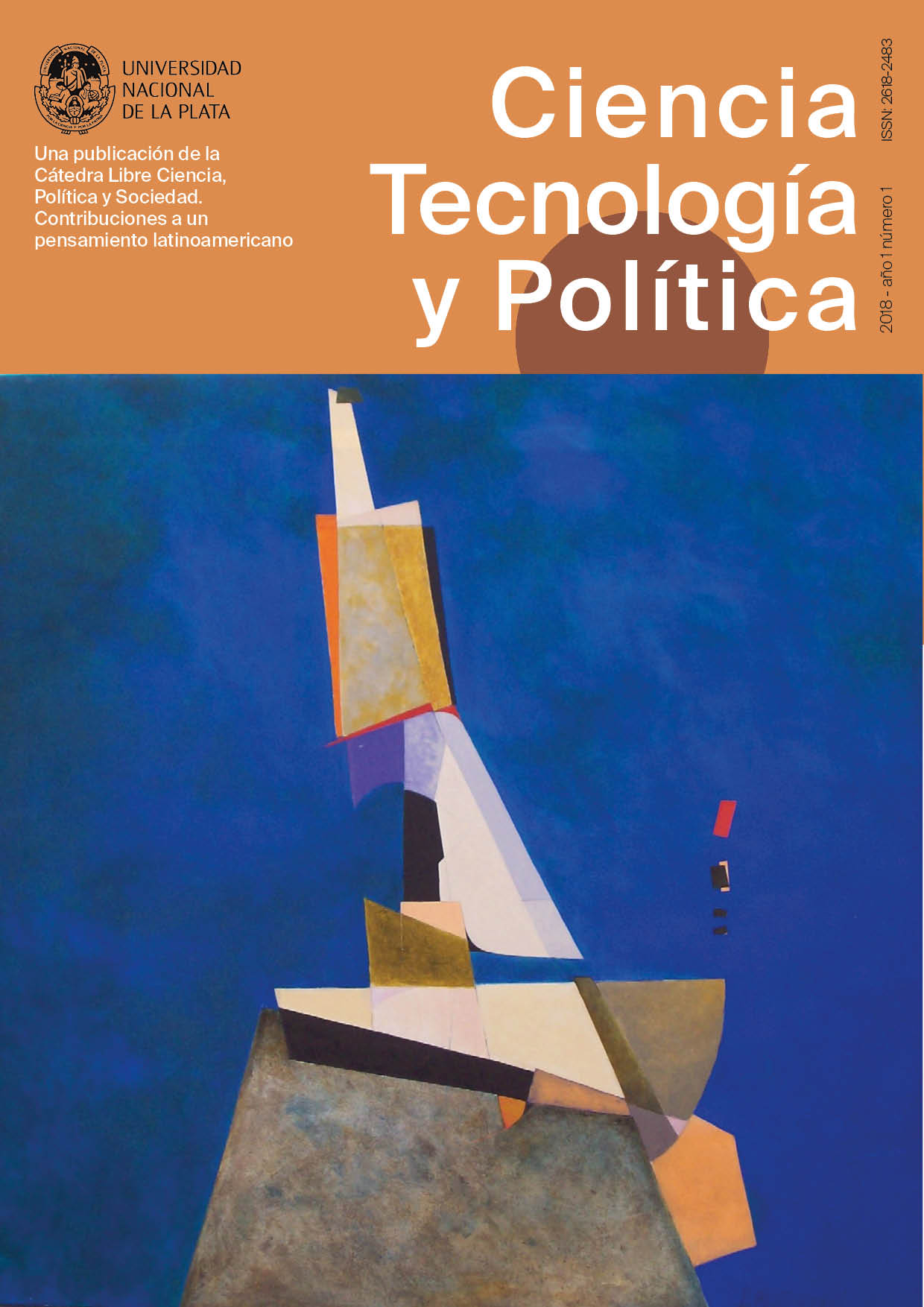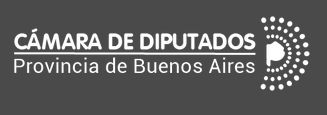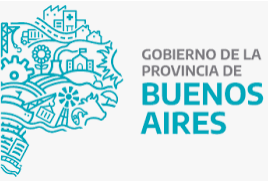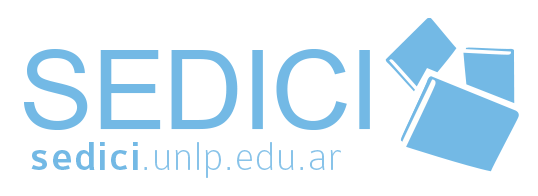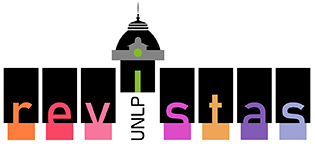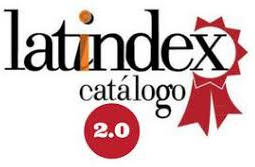Elements for a Popular and Sovereign Cognitive Policy
DOI:
https://doi.org/10.24215/26183188e004Keywords:
Cognitive policy, global techno-scientific dynamics,, solidarity economy,, social technology, educational policy, solidarity economyAbstract
The policies of Education, Science, Technology and Innovation, which we will call Cognitive Policy, should be thought of in the peripheral countries, as a systemic whole. These policies that should promote and develop social, left and popular movements, require a significant change in the analytical-conceptual framework, which is consistent with the magnitude of the transformations that are intended and that our societies require. The dimension of this challenge at the economic, social, political, environmental and natural resources levels, requires a behavior similar to that adopted by advanced capitalist countries to establish the goals of their so-called “knowledge society”. This paper describes some elements of diagnosis on a global scale, to be taken into account, for the elaboration of a new cognitive policy. The challenges that an analytical-conceptual and counter-hegemonic framework should take into account and courses of action to reach the strategic goals proposed are explained .
Downloads
Metrics
Published
How to Cite
Issue
Section
License
The authors whose texts are published in this Journal surrender their ownership rights in favour of the editor in a non exclusive manner, i.e. the authors can enter into other independent and additional contracts to publish their text, e.g. including it in an institutional repository, thematic or otherwise, publish it in a book, or others, as long as it is overtly stated that the work was first published in this Journal.
The responsibility for each published paper as regards its content relies exclusively on its authors, holding the editors harmless for any legal liabilities.
The texts of the Journal shall be published under the Creative Commons 4.0 BY-NC-SA license. Therefore, the editors are free to:
1) Share, copy and redistribute the material using any means or format.
2) Adapt, remix, transform and create from the material, under the following conditions:
a) Attribution — credit to this work must be given in an appropriate manner, providing a link to the license and indicating if changes have been made.
b) Non-Commercial Use — no use may be made of the published material for commercial purposes.
c) Share Equal — Authors remixing, transforming or creating from the material must distribute their contribution under the same license as the original.

